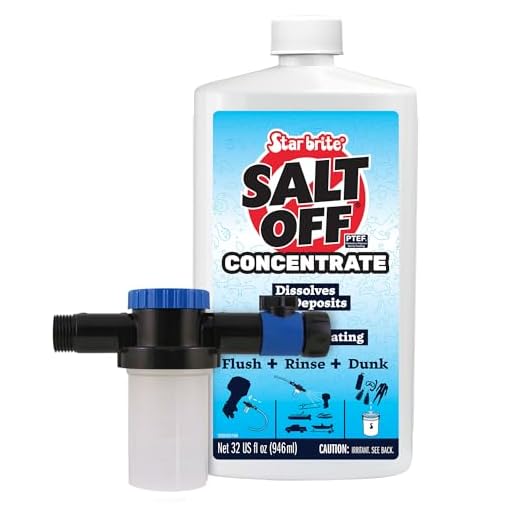
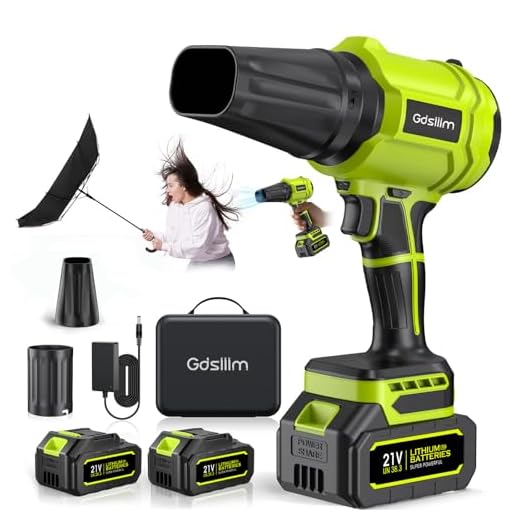


Using alternative methods to maintain the cleanliness of your outdoor space can yield impressive results. For instance, a combination of manually scrubbing with a stiff-bristled brush and employing a suitable cleaning solution can effectively eliminate dirt and grime. Opt for a product designed explicitly for the material of your surface to ensure optimal efficacy.
In addition to scrubbing, soaking the area with a mixture of warm water and soap can help loosen stubborn debris. Allow the solution to sit for around 15 minutes before tackling the surface to maximise the cleaning process. This method not only reduces physical effort but also boosts the chances of achieving a thorough clean.
For those dealing with mold and mildew, a bleach solution can be particularly beneficial. Be cautious with the concentration, and always conduct a spot test to prevent any unintended damage to your surface. Safety gear, such as gloves and goggles, is essential when handling bleach or any strong chemicals.
Finishing off with a final rinse using a hose ensures the removal of any remaining cleaners and residues. While this approach may require more effort compared to using mechanical aids, the satisfaction of a job well done and the preservation of your outdoor surface are well worth it.
Choosing the Right Cleaning Solution for Your Deck
Select a cleaning solution that is specifically formulated for outdoor surfaces. Look for products that are biodegradable and non-toxic to minimise environmental impact while ensuring safety for plants and pets. Solutions containing sodium hypochlorite work well for mildew and algae removal, while oxygen bleach is ideal for deep cleaning without the harsh effects of chlorine.
Types of Cleaning Solutions
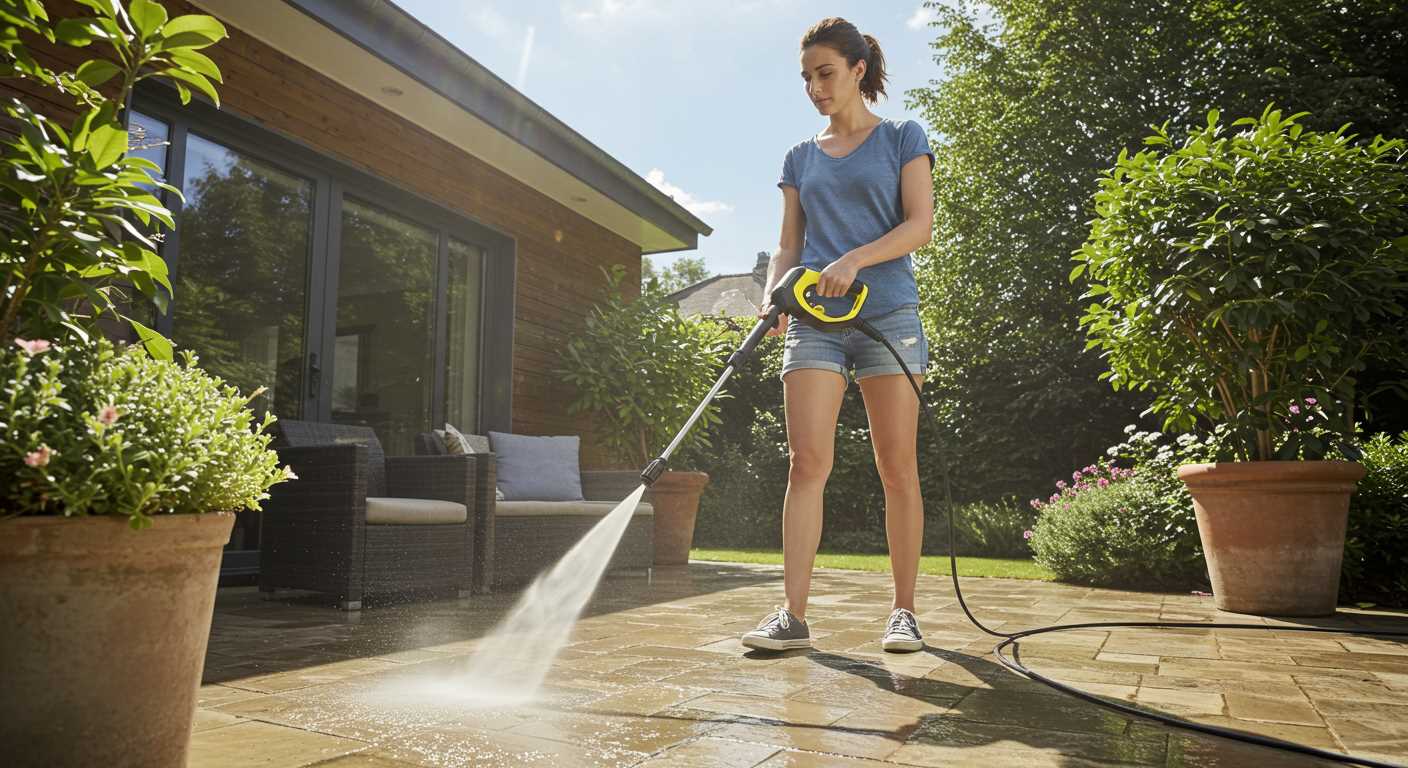
Enzymatic cleaners break down organic matter, which makes them excellent for areas with heavy plant and dirt buildup. If oil or grease stains are present, opting for a degreaser designed for wood or composite materials will yield the best results. Test on a small, inconspicuous area first to confirm compatibility and effectiveness.
Concentration and Application
Always follow the manufacturer’s instructions regarding dilution ratios, as using a stronger solution than recommended may damage the surface. Apply using a sprayer or a brush, allowing adequate dwell time for the solution to penetrate before rinsing thoroughly with clean water. Consider choosing a solution that provides UV protection as well, helping to prevent future discolouration.
Gathering Necessary Tools and Equipment for Deck Cleaning
Firstly, gather a stiff-bristled brush, which will assist in scrubbing away dirt and grime effectively. Opt for one with a long handle for better reach and less strain on your back. Look for a bucket to mix cleaning solutions, ensuring it holds at least five gallons for convenient use.
A garden hose with a nozzle attachment is essential. A nozzle with adjustable spray patterns allows for versatility, letting you choose between a gentle mist and a focused stream to suit your needs. For those stubborn stains, consider incorporating a putty knife or scraper, which can help dislodge built-up debris.
Don’t overlook the importance of personal safety. Rubber gloves protect your hands from harsh chemicals and sharp edges, while safety goggles shield your eyes from splashes and debris. For those sensitive to fumes, a mask is advisable, particularly when using strong cleaning solutions.
A sponge or cloth will be useful for detailing areas after scrubbing, ensuring a thorough finish. Finally, a wet/dry vacuum can simplify cleanup, making it easier to tackle excess water and residue before the surface dries.
Preparing the Deck Surface Before Cleaning
Begin by removing all furniture and any decorative items from the area. This ensures unobstructed access and prevents damage to your belongings. Move potted plants, grilling equipment, and patio furniture to a dry location out of the way.
Inspect for Damage
Check the surface for any signs of damage such as cracks, loose boards, or nails sticking up. Make necessary repairs before any scrubbing or treatment. Loose boards should be secured, and broken sections replaced to prevent injury and achieve a uniform clean.
Remove Debris
Clear away dirt, leaves, and other debris using a broom or leaf blower. Pay attention to corners and crevices where buildup often accumulates. This step is crucial; particles trapped beneath are likely to cause scratches during scrubbing.
Finally, sweep or blow off the surface and allow it to dry completely before applying any cleaning solutions. A dry surface enhances the effectiveness of the cleaning agent and makes the overall process smoother.
Using a Brush and Bucket Technique for Deck Cleaning
Utilising a brush and bucket method effectively removes dirt and grime from wooden surfaces. Begin by filling a bucket with warm water and the chosen eco-friendly cleaning solution, ensuring it is appropriate for the material type.
Select a stiff-bristled brush to tackle stubborn spots and stains. Dip the brush into the cleaning solution and scrub in the direction of the wood grain. This technique prevents damage to the surface while maximising cleaning efficiency.
For particularly tough stains, allow the solution to sit for a few minutes before scrubbing again. Rinsing the area with plain water using a hose ensures all residue is eliminated. It’s helpful to regularly change the water in the bucket to maintain its effectiveness.
After rinsing, allow the surface to dry completely. This step is crucial to prevent mould growth. Regular maintenance using this method will keep the timber looking fresh and prolong its lifespan.
In summary, the brush and bucket technique offers a practical solution for maintaining wooden structures without advanced equipment, achieving a clean and polished finish.
Natural Alternatives for Stubborn Stains on Decking
For persistent blemishes on outdoor surfaces, a few natural options stand out as effective cleaners. Consider using a baking soda paste, which consists of mixing baking soda with water to form a thick consistency. This mixture is particularly useful for lifting dirt and grime without harsh chemicals. Apply it directly to the stained area, allow it to sit for around 15-20 minutes, then scrub and rinse thoroughly.
Vinegar Solution
An acetic acid solution offers another excellent choice for organic cleaning. Combine equal parts of white vinegar and water in a spray bottle. This mixture can help dissolve mildew and light algae growth. Spray directly onto the stained spots and leave it for up to an hour before scrubbing and rinsing off. The natural acidity works wonders on discolouration.
Lemon Juice and Salt
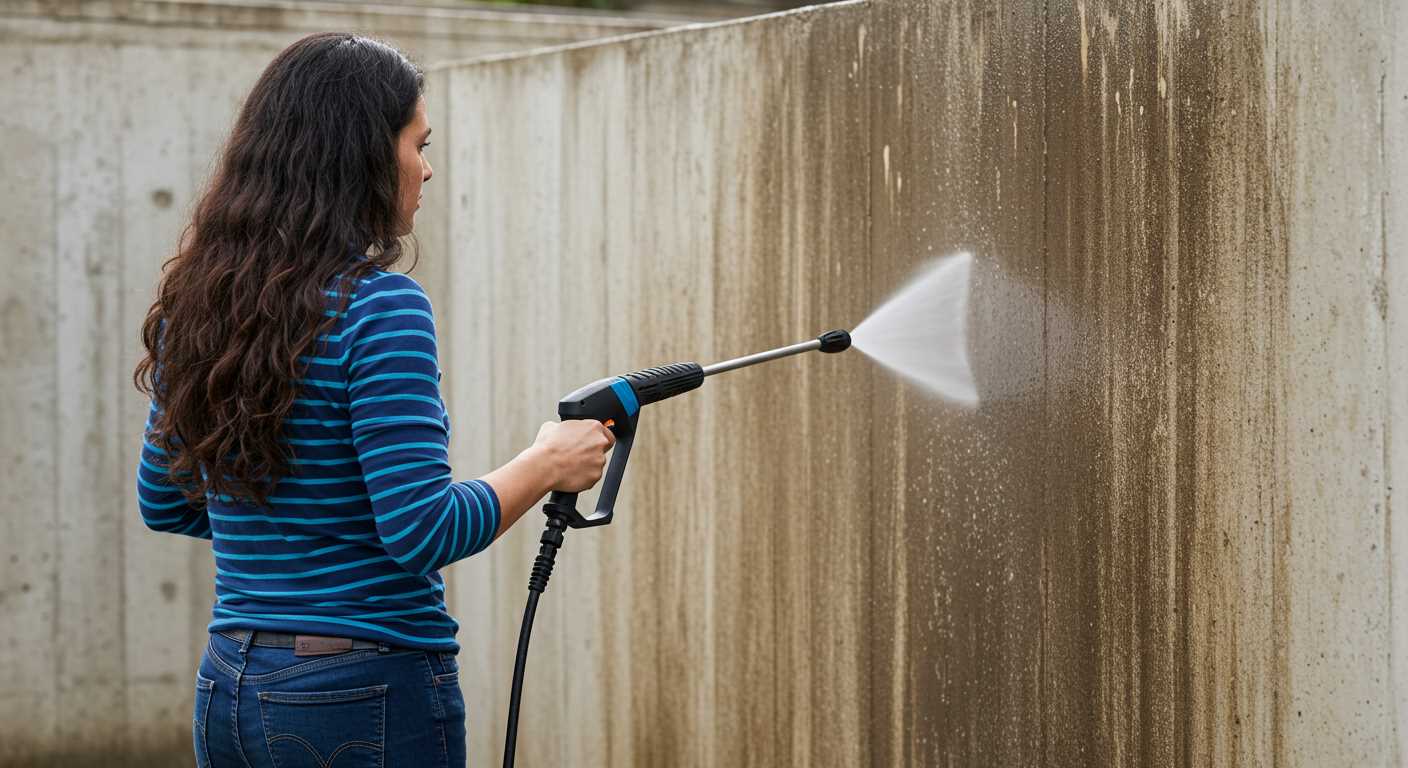
Lemon juice, combined with salt, forms a potent duo against rust and other stubborn marks. Squeeze the juice of several lemons into a bowl and mix with enough salt to create a gritty paste. Apply it on the affected areas, let it marinate for about 30 minutes, and then scrub with a brush. The natural bleach properties of lemon, combined with the abrasiveness of salt, can refresh discoloured boards.
| Cleaning Solution | Best For | Application Method |
|---|---|---|
| Baking Soda Paste | General stains, dirt | Apply, wait, scrub, rinse |
| Vinegar Solution | Mildew, light algae | Spray, wait, scrub, rinse |
| Lemon Juice and Salt | Rust, stubborn stains | Apply, wait, scrub |
Incorporating these natural cleaners not only reduces chemical use but often proves more cost-effective. For best results, always test any solution on a small, inconspicuous area before full application. This ensures compatibility with your surface and avoids unintended damage.
Maintaining Your Deck After Cleaning
Once the surface is refreshed, regular upkeep is vital for longevity. Here are specific recommendations that I have found effective over the years.
Regular Inspections
- Examine the wood for signs of damage such as splintering or rot.
- Check for loose boards and secure them promptly to prevent accidents.
- Look for areas where moisture tends to accumulate; adjust drainage if needed.
Applying Protective Sealants
Consider applying a sealant designed for wood surfaces one to two times a year. This shields against moisture and UV damage, maintaining the wood’s colour and integrity. Ensure that the surface is fully dry before application.
Routine Debris Removal
- Clear leaves, dirt, and other debris regularly to prevent mould and mildew growth.
- Sweep or use a blower to keep the area tidy; this helps maintain aesthetic appeal.
Control Vegetation
Trim surrounding plants and shrubs. Ensure no branches or roots are encroaching on the area, as they can hold moisture against the wood.
Be Mindful of Foot Traffic
Limit the number of people on the surface during wet conditions. Excessive foot traffic can gradually damage the protective finish.
Use Furniture Pads
- Place pads under furniture legs to avoid scratches and marks on the surface.
- Consider movable outdoor furniture that can be rearranged to avoid prolonged wear on specific areas.
Ongoing maintenance not only enhances appearance but also extends the lifespan of the material. Implementing these practices will ensure it remains a welcoming space for years to come.
Tips for Preventing Future Dirt Build-up on Your Deck
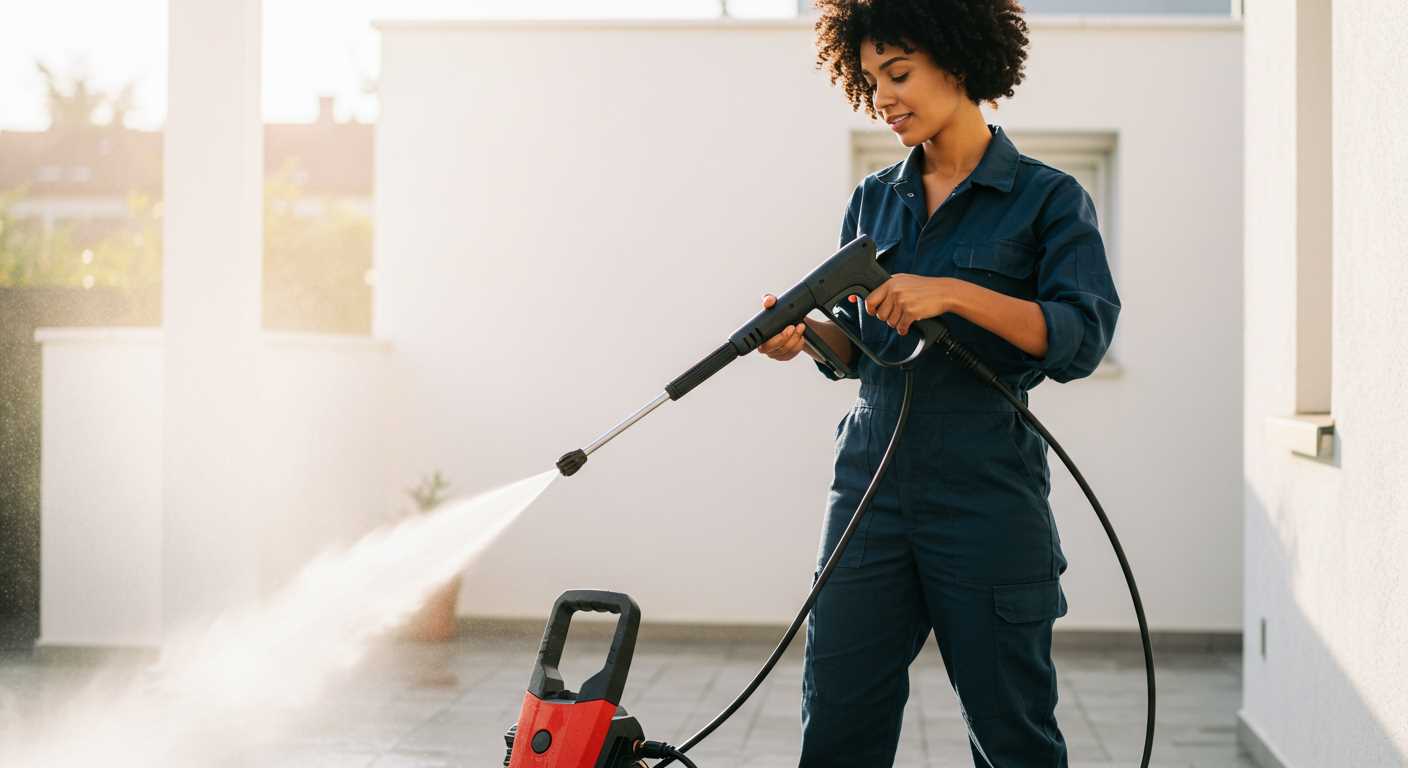
Regular maintenance is key. I recommend applying a good quality sealant every couple of years. This protective layer not only enhances the appearance but also limits moisture penetration, reducing the chances of mould or mildew growth.
Stay proactive with debris removal. Sweeping leaves and dirt promptly prevents them from settling and staining the surface. I often advise making this a part of your weekly routine, especially during autumn when leaves are in abundance.
Effective Use of Furniture and Accessories
Strategically placed furniture can hinder the accumulation of dirt. Opt for furniture with raised legs to allow airflow beneath, which reduces moisture retention. Additionally, using outdoor mats at entrances can trap dirt before it reaches the main area.
Mind the Weather Conditions
Pay attention to weather patterns. After a heavy rain, consider checking for standing water, which can lead to grime build-up. Ensure proper drainage around the perimeter to divert water away from your structure. When planning outdoor events, try to avoid overly humid days, which can encourage dirt and algae growth.
FAQ:
Is it possible to clean a deck without using a pressure washer?
Yes, you can clean a deck without a pressure washer. There are several methods you can employ to achieve a clean surface. One common approach involves using a mixture of warm water and mild detergent. You can apply this solution with a stiff-bristled brush or a mop to scrub the deck thoroughly. For tougher stains, a mixture of vinegar and water or a commercial deck cleaner may be more effective. After scrubbing, it’s important to rinse the surface with a hose to ensure all cleaning substances are removed.
What tools and materials do I need to clean my deck without a pressure washer?
To clean your deck without a pressure washer, you will need a few basic tools and materials. Firstly, gather a stiff-bristled brush or a deck scrubber, as these will help you agitate dirt and grime. You’ll also need a bucket to mix your cleaning solution, which can consist of warm water and some mild detergent or vinegar. A hose with a spray nozzle is useful for rinsing purposes, while a mop can come in handy for larger areas. Additionally, if you encounter stubborn stains, consider having a commercial deck cleaning solution on hand. Always follow the manufacturer’s instructions for any cleaning products you decide to use.







